Buffalo Grass is a warm-season grass native to the Great Plains from Montana to New Mexico. Buffalo Grass is a hardy grass that can withstand drought and tough conditions. Buffalo Grass has a deep root system that helps it stay green even during drought. Buffalo Grass is a popular choice for lawns and golf courses because it requires less water than other types of grass. Buffalo Grass does not grow well in shady areas. It also does not tolerate foot traffic well, so it is not a good choice for areas that will be used frequently.
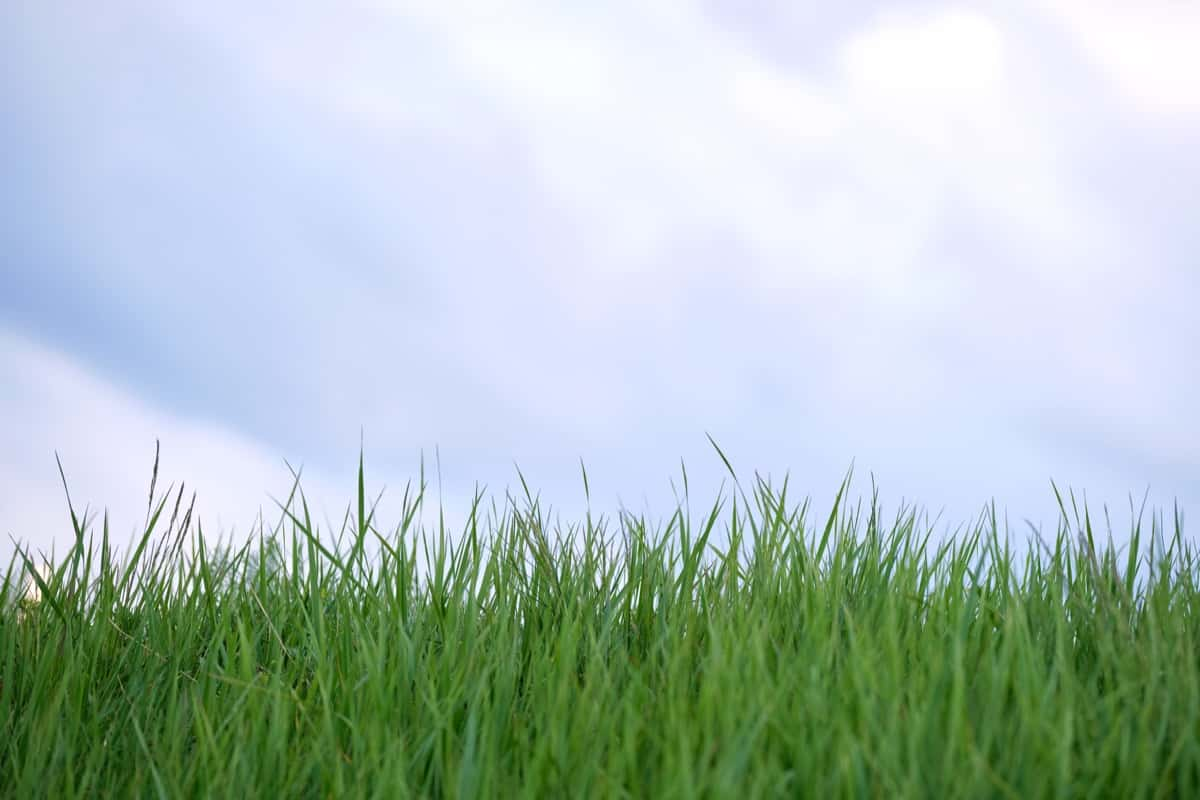
Growing Buffalo Grass from Seed
Benefits of Growing Buffalo Grass
- One of the biggest advantages of Buffalo Grass is its low maintenance requirements. Once established, it requires very little water or fertilizer to maintain a healthy lawn. It also has good disease and insect resistance, making it the best choice for a hassle-free lawn.
- Another benefit of Buffalo Grass is its environmental friendliness. It is a native species that require no irrigation or pesticides to thrive.
- It’s one of the few warm-season grasses that can be successfully grown from seed, meaning it’s relatively easy and inexpensive to establish a new lawn.
- Buffalo Grass also has a very dense root system, which helps to stabilize the soil and prevent erosion. And because it grows relatively low to the ground, Buffalo Grass is less likely to be damaged by heavy foot traffic than taller grass varieties.
Soil Management for Growing Buffalo Grass
If you want to grow Buffalo Grass from seed, it is important to know that this grass is tolerant of most soil conditions. However, for best results, it is recommended that you plant Buffalo Grass in well-drained, non-sandy soils with a pH of 6.5-7.5.
When to Plant Buffalo Grass Seed?
The most important aspect of growing Buffalo Grass from seed is knowing when to plant the seed. The best time to plant this seed is early spring after the last frost. This will give the grass enough time to germinate and establish itself before the hot summer weather arrives. If you live in a region with a long growing season, you can also plant Buffalo Grass seed in the early fall or late summer.
Why Grow Buffalo Grass from Seed?
Growing Buffalo Grass from seed is a great way to get a thick, healthy lawn resistant to many common pests and diseases. It is one of the most drought-tolerant grasses available and can thrive in both hot, dry conditions and cold, wet conditions. Buffalo Grass is also relatively low maintenance, requiring only occasional mowing and watering to keep it healthy.
In case you missed it: Dairy Buffalo Project Report for 10 Animals
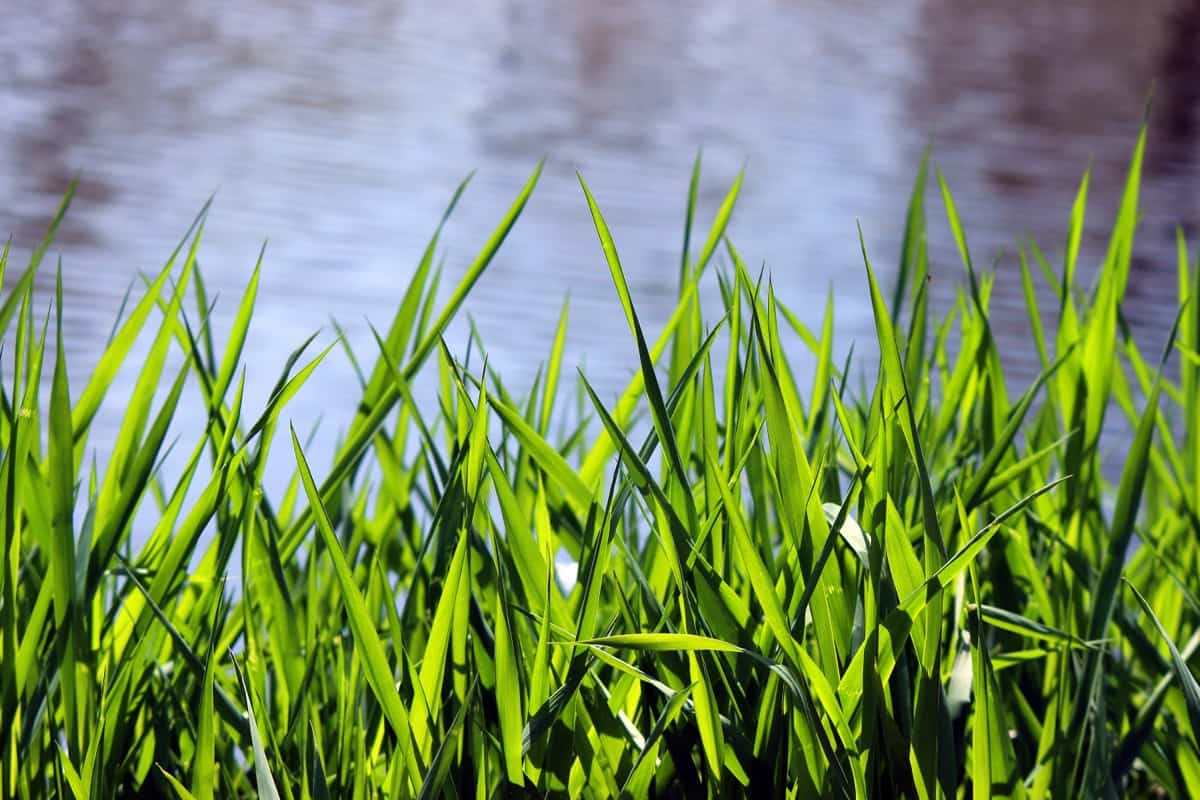
How to Grow Buffalo Grass from Seed
- Choose a sunny spot in your yard with well-drained soil. Buffalo Grass needs full sun to thrive, so ensure the area you select gets at least 6 hours of direct sunlight daily.
- Prepare the soil by removing any existing weeds or other vegetation. Then, use a rake to loosen the top layer of soil.
- Spread the Buffalo Grass seed over the prepared area, using about 1/4 pound per 100 square feet. You can either sow the seed by hand or use a spreader for larger areas.
- Gently rake the seeds into the soil to cover them with about 1/4 inch of dirt. Water the area lightly with a garden hose to moisten the top layer of soil.
- Keep the area moist by watering daily until the Buffalo Grass seeds have germinated and begun to grow. Once the grass is established, you can water less frequently (about once per week).
Buffalo Grass Planting Tips
- Buffalo Grass is a hardy, low-maintenance grass that is well-suited for a variety of landscaping applications. It is drought-, heat-, and cold-tolerant and requires little fertilization or irrigation once established.
- Buffalo Grass is slow-growing, so planting the seeds at the correct depth and spacing is important to ensure good establishment.
- To plant Buffalo Grass seeds, prepare the planting area by removing all existing vegetation and loosening the soil to a depth of about 8 inches.
- Buffalo Grass seeds should be planted at a depth of 0.25 to 0.50 inches and no more than 0.50 inches deep.
- Seeds should be spaced approximately 10 to 12 inches apart in rows about 18 to 24 inches apart. Once planted, water the area thoroughly and keep the soil moist until the grass seeds have germinated and the seedlings are established.
What You’ll Need to Grow Buffalo Grass?
- A well-drained seedbed – Be sure to loosen the soil and remove any debris or rocks that could impede drainage.
- Buffalo Grass seed – You can purchase this from a nursery or online retailer specializing in grass seeds.
- A lawn roller – This is optional but will help ensure an even seed distribution.
- A fertilizer spreader – This is optional but will make applying fertilizer evenly over the seed bed easier.
- Mulch – A layer of straw or other organic mulch will help to keep the soil moist and protect the young plants as they germinate and grow.
Pests and Diseases Affected on Buffalo Grass
Diseases, insects, and other pests can cause problems for Buffalo Grass growers. Bipolaris leaf spot is a common disease that affects Buffalo Grass. Mealybugs are another pest that can infest Buffalo Grass. Buffalo Grass webworms and mites are also known to infest Buffalo Grass. Short-tailed crickets may also be a problem for Buffalo Grass growers. Chinch bugs are another potential problem for Buffalo Grass growers.
Important Pests
- Chinch bugs – These small insects feed on the sap of grass plants, causing them to wilt and turn brown. Chinch bugs are most active in hot, dry weather and can quickly kill a lawn if left unchecked.
- Aphids – These small, winged insects will suck the sap out of the grass, causing it to turn yellow and eventually die.
- Sod webworms – These larvae feed on the leaves of grass plants, causing them to turn brown and die. Sod webworms are most active in late summer and fall, and their damage can be difficult to repair.
- Armyworms – These caterpillars feed on the leaves of grass plants, resulting in large, dead patches in the lawn. Armyworms are most active in late summer and fall, and their damage can be difficult to repair.
Important Diseases
- Brown patch – This is a fungal disease that causes large brown patches to form on the grass. It is often caused by too much moisture or not enough sunlight.
- Dollar spot – This is another fungal disease that causes small, silver-dollar-sized spots to form on the leaves of the grass. It is often caused by too much moisture or insufficient nitrogen in the soil.
- Fairy ring – This fungal disease causes Rings or dark green or yellowish grass arcs. Fairy ring is most common in spring and fall when temperatures are moderate.
In case you missed it: Dairy Entrepreneurship Development Scheme in India: DEDS Benefits, Eligibility, and How to Apply
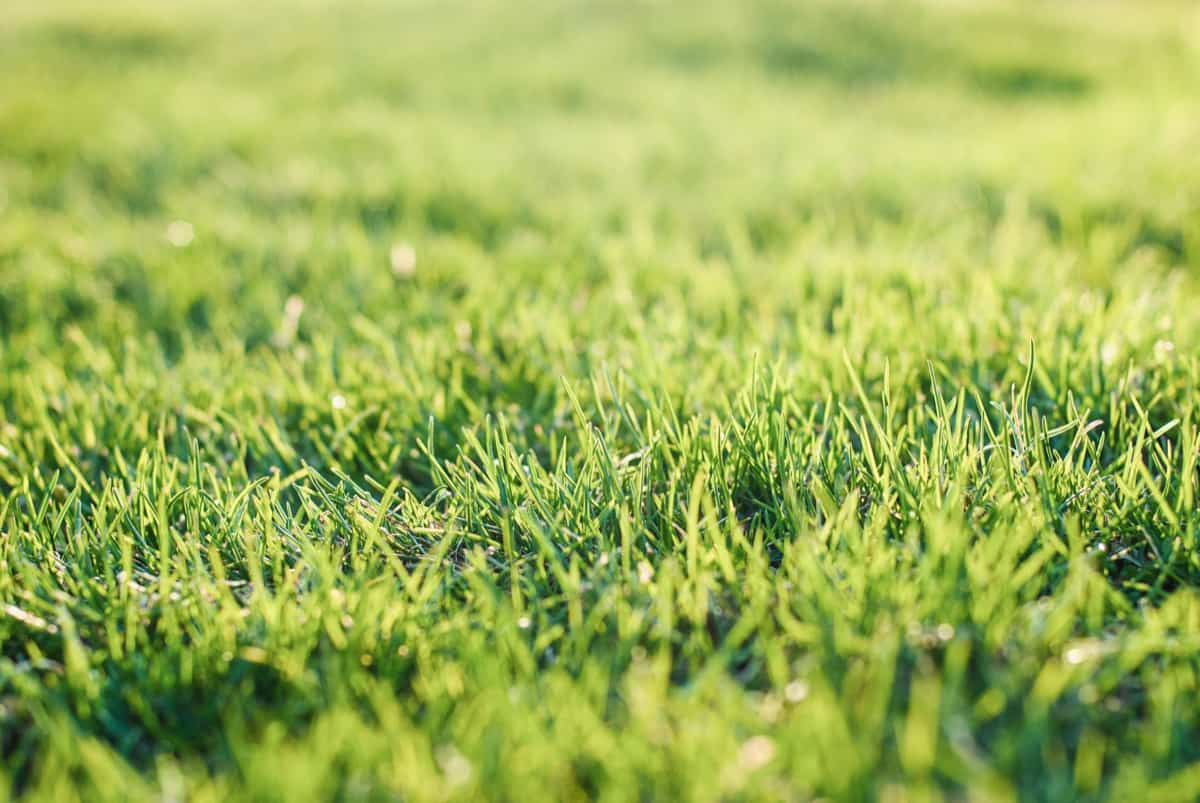
Tips for Controlling Pests and Diseases in Buffalo Grass
- Apply a preventative insecticide before planting.
- Keep the area around the Buffalo Grass free from weeds and debris.
- Use traps or baits to control pests such as moles, voles, and gophers.
- Regularly inspect the Buffalo Grass for signs of pests and treat them accordingly.
- Avoid overhead watering to prevent disease. Water the crop early in the day so the plant leaves have time to dry before nightfall.
- Don’t plant Buffalo Grass too close together – good air circulation is important to prevent disease.
- Ensure the soil is well-drained and free of any debris harboring pests or diseases.
- Use a quality seed mix that is resistant to pests and diseases.
- Make sure your soil is properly prepared. Buffalo Grass needs well-drained soil to grow successfully. Ensure the soil is free of chemicals, rocks, and other debris.
- Water the seedlings regularly, but do not over-water, which can encourage fungal growth.
- Look for signs of pests or disease, such as wilting leaves or stunted growth, and act quickly to treat the problem.
- Keep your lawn free of unwanted plants and weeds. This will help to prevent pests and diseases from establishing themselves.
- Regularly check the plants for pests, such as aphids or whiteflies, and remove them by hand or insecticide.
- If you spot any diseases, such as powdery mildew or brown patch, treat them immediately with a fungicide.
Weed Management for Growing Buffalo Grass
- Weeds are a common issue when growing any plant from seed, and Buffalo Grass is no exception. Then, a few things are important to prevent weeds from taking over your Buffalo Grass lawn.
- The most important point you can do is to ensure you’re planting your seeds in weed-free soil. If you’re not sure if your soil is clean, you can always sterilize it before planting. This will kill existing weeds and prevent new ones from sprouting up.
- Once your seeds are in the ground, keep an eye on them so weeds don’t have a chance to take over. Pull them up as soon as you see them starting to grow. Also, you want to consider using a pre-emergent herbicide to help prevent weeds from even germinating in the first place. With a little effort, you can easily keep weeds under control when growing Buffalo Grass from seed.
Key Points to Successful Buffalo Grass Planting
- Start with high-quality seed – This is the foundation for a successful planting, so source your seed from a reputable supplier.
- Prepare your seedbed properly – A well-prepared seedbed will improve germination and provide a good environment for young plants to establish themselves.
- Sow your seed at the right time of year – Depending on the grass species, you will need to sow the seed in spring or autumn.
- Use the right amount of seed – Over- or under-sowing can lead to problems, so follow the recommended seeding rate for your grass species.
- Keep an eye on moisture levels – Proper watering is essential for successful grass establishment, so keep an eye on soil moisture levels and water accordingly.
In case you missed it: How to Make Homemade Fertilizers: Recipes for Banana Peels, Scraps, Coffee Grounds, Epsom Salt, Eggshells, and Grass Clippings
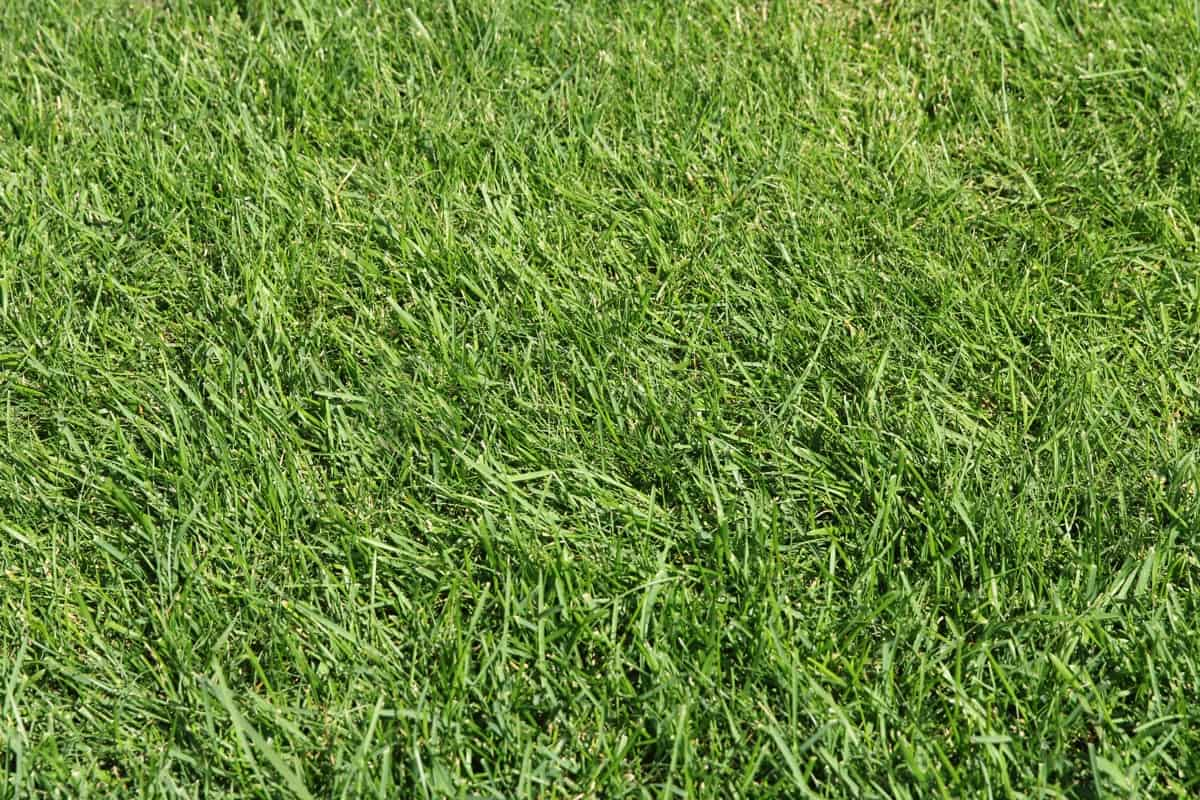
What is the Best Fertilizer for Growing Buffalo Grass?
Many different types of fertilizer are available on the market, but not all are suitable for Buffalo Grass. A good fertilizer for Buffalo Grass should have an N-P-K ratio of 3-1-2 or 4-1-2. Buffalo Grass should be fertilized twice yearly, one fertilizer application in the fall and another in the spring.
Best Time to Water Buffalo Grass
When watering Buffalo Grass, the most important thing to remember is to water deeply and infrequently. Buffalo Grass has a deep root system that allows it to withstand long periods of drought; however, it still needs regular watering during its active growth period to stay healthy and green. The best time of day to water Buffalo Grass is early in the morning before the heat of the day sets in. This will give the grass ample time to absorb the water before the sun dries it.
How to Care for Buffalo Grass?
- Buffalo Grass does not tolerate extended periods of flooding or standing water.
- Buffalo Grass should be mowed frequently to maintain a 3-4 inches height. Mowing frequency will depend on the grass’s growth rate and the turf’s desired height.
- Mow Buffalo Grass once weekly at 2 to 3 inches where moderate- to high-quality turf is desired. For low-maintenance regions, mow Buffalo Grass at 3 to 4 inches every 3 to 4 weeks.
- Buffalo Grass can be mowed with a rotary mower or a reel mower. The blade on a rotary mower should be set at its highest setting to avoid scalping the turf. A reel mower will provide a clean cut if it is sharpened regularly.
- Buffalo Grass should be fertilized in early spring and again in mid-summer. A slow-release fertilizer should be used to avoid burning the turf. Buffalo Grass does not require much supplemental watering once it is established. However, during extended periods of drought, watering may be necessary to keep the turf from going dormant.
- Watering is crucial for newly planted Buffalo Grass. Water regularly and deeply to keep the soil moist but not soggy. Once your grass is established, it will be more drought-tolerant and need less water. Be sure to water during dry periods to keep the grass from going dormant.
In case you missed it: How to Grow Lawn Grass on Terrace: A Beginners Guide to Planting and Care
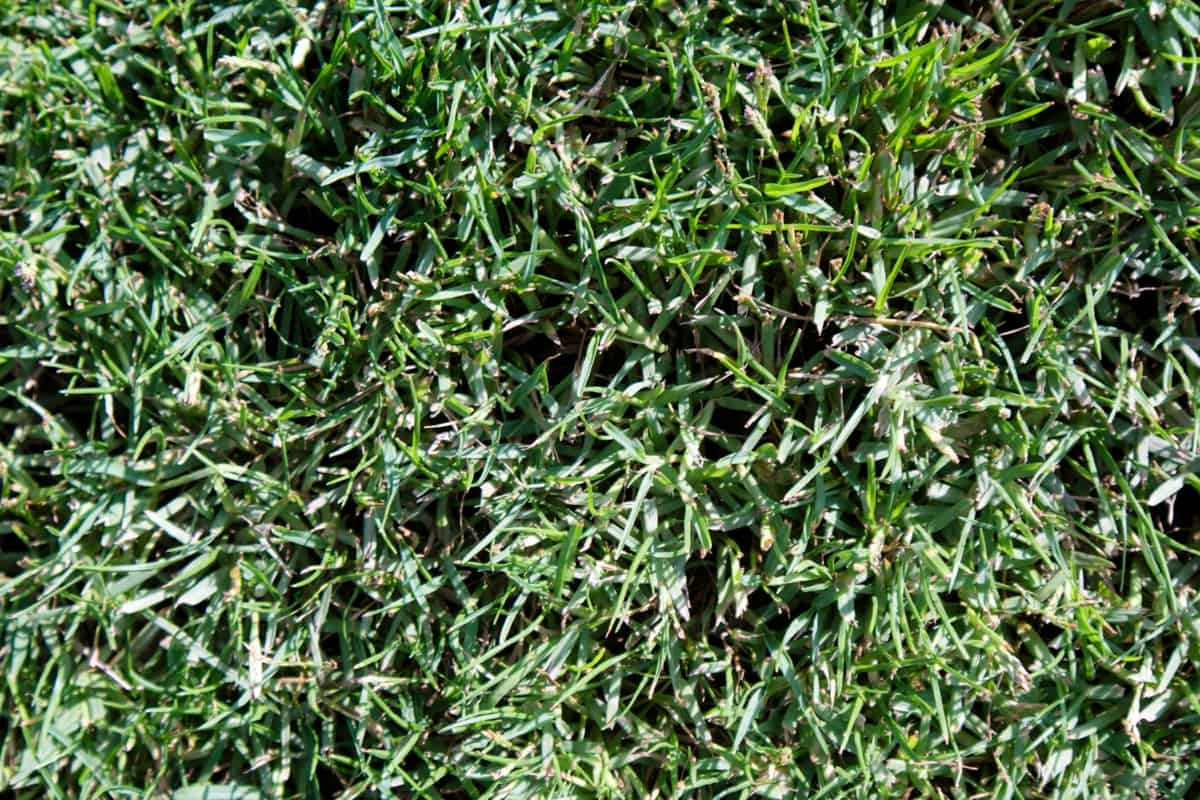
Conclusion
Buffalo Grass is a warm-season grass well-suited for use in pastures, hay fields, and turfgrass. It is a hardy grass that is resistant to drought and grazing. Buffalo Grass is also a turfgrass on golf courses, home lawns, and parks.
- Types of Pesticides Used in Agriculture: A Beginner’s Guide
- Economical Aquaculture: A Guide to Low-Budget Fish Farming
- 15 Common Planting Errors That Can Doom Your Fruit Trees
- How to Make Houseplants Bushy: Effective Tips and Ideas
- Innovative Strategies for Boosting Coconut Pollination and Yield
- Pollination Strategies for Maximum Pumpkin Yield
- The Complete Guide to Chicken Fattening: Strategies for Maximum Growth
- Natural Solutions for Tulip Problems: 100% Effective Remedies for Leaf and Bulb-Related Issues
- Revolutionizing Citrus Preservation: Towards a Healthier, Greener Future
- Natural Solutions for Peony Leaf and Flower Problems: 100% Effective Remedies
- Maximizing Profits with Avocado Contract Farming in India: A Comprehensive Guide
- Natural Solutions for Hydrangea Problems: 100% Effective Remedies for Leaf and Flowers
- The Ultimate Guide to Choosing the Perfect Foliage Friend: Bringing Life Indoors
- From Sunlight to Sustainability: 15 Ways to Use Solar Technology in Agriculture
- The Ultimate Guide to Dong Tao Chicken: Exploring from History to Raising
- The Eco-Friendly Makeover: How to Convert Your Unused Swimming Pool into a Fish Pond
- Mastering the Art of Delaware Chicken Farming: Essentials for Healthy Backyard Flocks
- 20 Best Homemade Fertilizers for Money Plant: DIY Recipes and Application Methods
- How to Craft a Comprehensive Free-Range Chicken Farming Business Plan
- Brighten Your Flock: Raising Easter Egger Chickens for Beauty and Bounty
- How to Optimize Your Poultry Egg Farm Business Plan with These Strategies
- Subsidy for Spirulina Cultivation: How Indian Government Schemes Encouraging Spirulina Farmers
- Ultimate Guide to Raising Dominique Chickens: Breeding, Feeding, Egg-Production, and Care
- Mastering the Art of Raising Jersey Giant Chickens: Care, Feeding, and More
- Ultimate Guide to Raising Legbar Chickens: Breeding, Farming Practices, Diet, Egg-Production
- How to Raise Welsummer Chickens: A Comprehensive Guide for Beginners
- How to Protect Indoor Plants in Winter: A Comprehensive Guide
- Ultimate Guide to Grow Bag Gardening: Tips, Tricks, and Planting Ideas for Urban Gardeners
- Guide to Lotus Cultivation: How to Propagate, Plant, Grow, Care, Cost, and Profit
- Agriculture Drone Subsidy Scheme: Government Kisan Subsidy, License, and How to Apply Online
- Ultimate Guide to Raising Araucana Chickens: Breed Profile, Farming Economics, Diet, and Care
- Bringing Hydroponics to Classroom: Importance, Benefits of Learning for School Students
- Ultimate Guide to Raising Polish Chickens: Breed Profile, Farming Economics, Diet, and Care
- Ultimate Guide to Raising Australorp Chickens: Profile, Farming Economics, Egg Production, Diet, and Care
- Silkie Chicken Farming: Raising Practices, Varieties, Egg Production, Diet, and Care
- Sussex Chicken Farming: Raising Practices, Varieties, Egg Production, Diet and Care